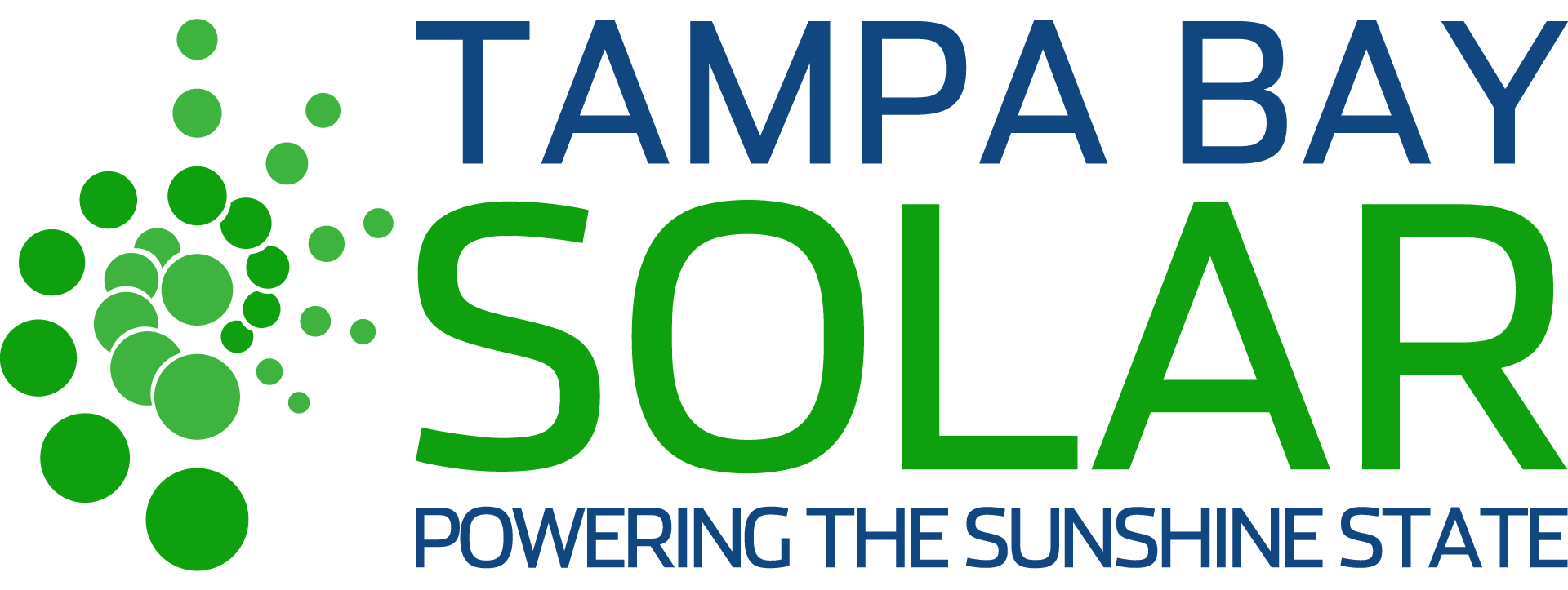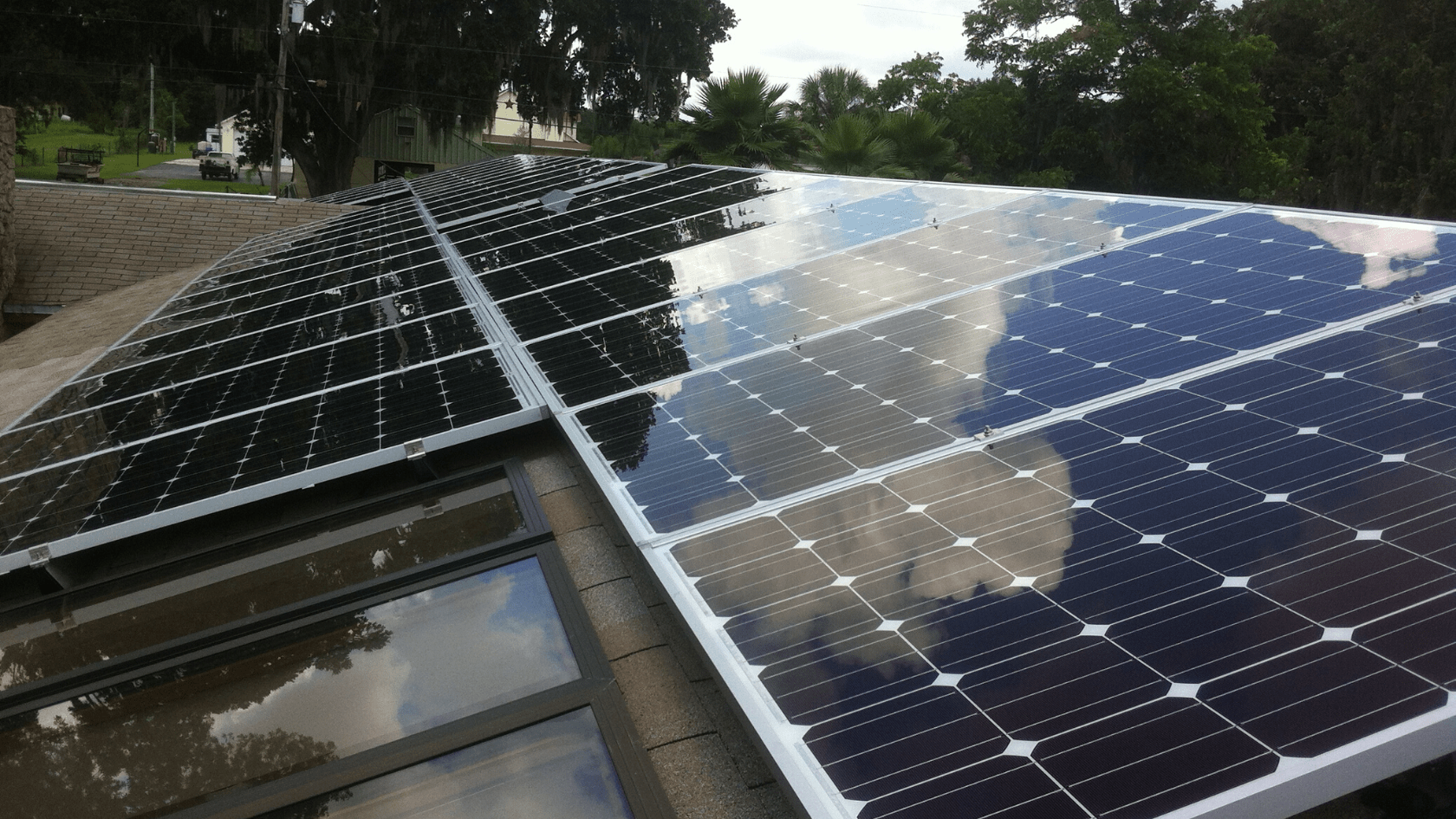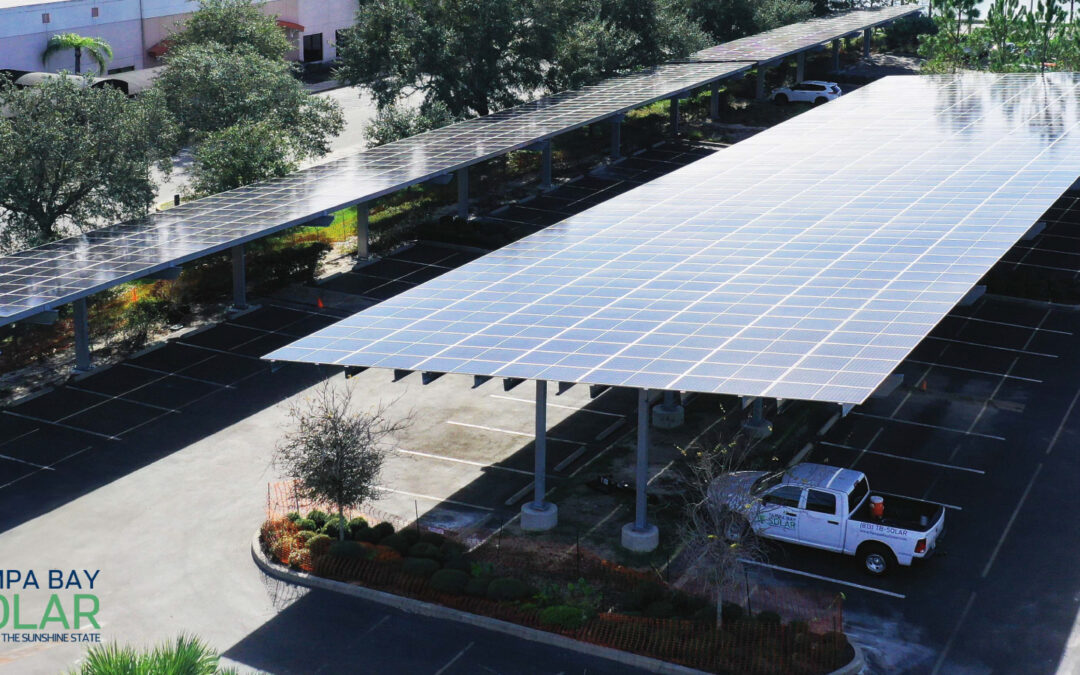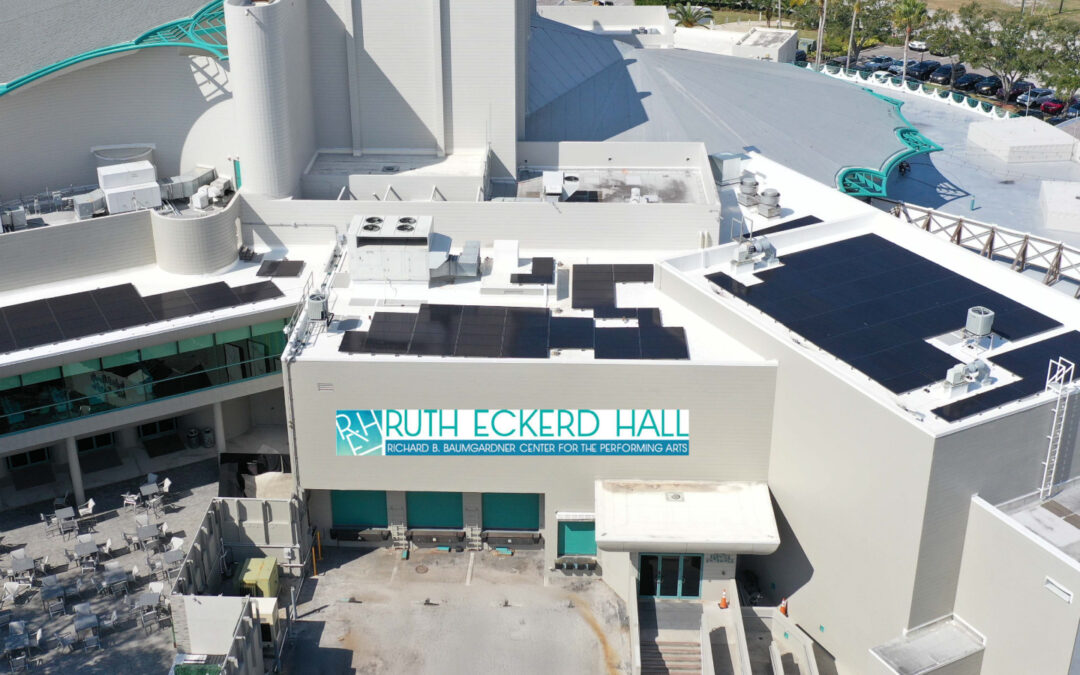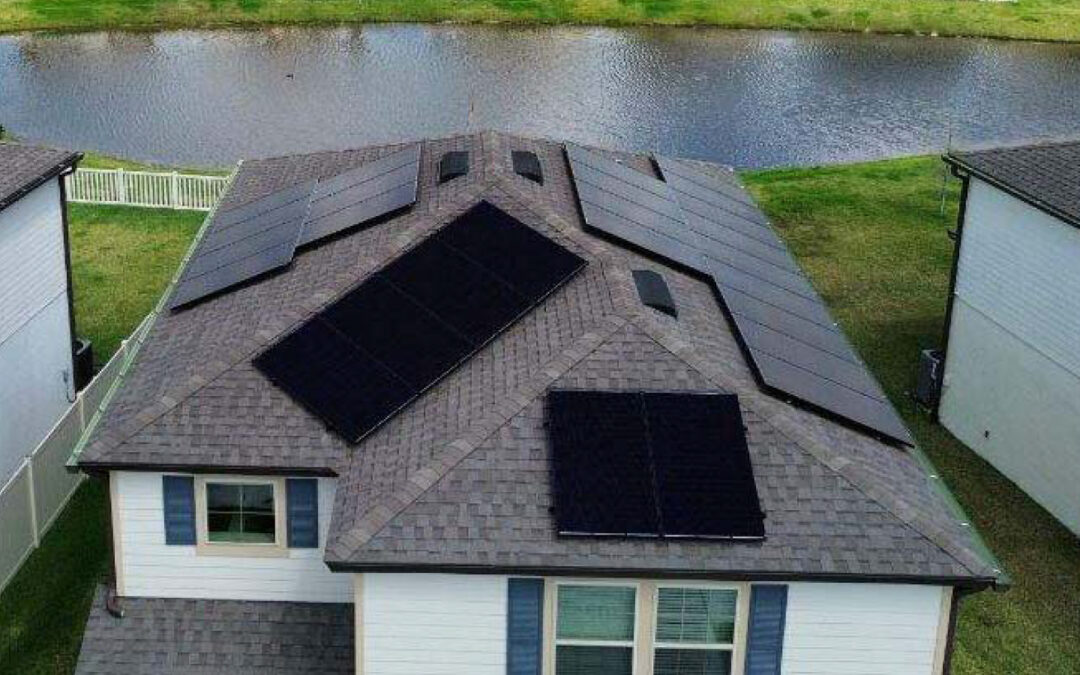The only thing one can predict about the U.S. economy is that it will change over time: housing prices fluctuate, as does the stock market, along with job growth and many other variables that play into our financial well-being.
From groceries to gasoline to property taxes, prices tend to trend up, causing concern for people who are planning long retirements or trying to create financial stability. Amidst all these fluctuations and uncertainties, there’s one reliable variable you can count on: solar power.
Energy 101: Natural Gas vs. Solar Power in a Recession
Thanks to the 2005 discovery of huge quantities of natural gas in the Marcellus Shale formations — 7,000 feet underneath the Northeastern United States — energy costs haven’t risen dramatically. Through a process called “fracking,” large natural gas producers have been able to access large deposits of natural gas hidden deep down in the metamorphic bedrock found in Pennsylvania and New York.
Currently, 37% of our national power grid is dependent upon generation facilities that burn natural gas to heat water. This water then creates steam which then spins a turbine to generate electricity. This cheap natural gas has kept electric prices low in most parts of the United States — but it’s not an unlimited resource.
Most consumers don’t think about what they are paying for electricity; to most, it’s just a bill that comes in. Here in Florida, consumers might spend $100 per month in the winter, then spend upwards of $200-300 per month in the summer depending on how much they’re running their air conditioning units.
During a recession — or an outright market crash— most people will continue to buy groceries and use energy in their homes, regardless of their financial situation. But if these same people invest in rooftop solar panels, they could cross one worry off their list while waiting for the recession to pass.
Rooftop solar in Florida produces energy whenever there is light in the sky, even on cloudy days or days when hurricanes blow across the state. For example, Tampa Bay Solar has collected data on client systems that continued to produce energy when Hurricane Irma crossed our state in September of 2017.
Investing in solar panels now gives you a conservative hedge against rising energy costs in the future, especially if you are thinking about driving an electric car in the future, as well. If both gasoline and natural gas prices go up, a homeowner who charges their car with energy generated by their solar array will be unaffected!
Breaking Down the Cost of Solar Panel Systems
Recessions are inevitable — they are par for the course of the American economy. It’s also normal for the price of electricity produced from non-renewable sources to trend upward over time. But with roof solar panel systems, this is a different story.
Modern photovoltaic panels generate power for 30 to 40 years, and it’s easy to predict how much energy a solar array will generate based on the number of panels installed on your rooftop.
The smart homeowner who invests in solar panels today knows the exact price of their system. Plus, they will also get 26% of the overall price of the system back as a tax credit until the end of 2020. This means that a homeowner who buys a $20,000 solar array will qualify for a $5,200 tax credit, which brings the final cost of the system down to $14,800.
With that in mind, let’s do the math: If you get direct sunlight on your roof and your average electric bill is $200 per month, you probably need 34 to 36 panels to eliminate your electricity costs.
Paying $150 per month? You’ll need a 26-panel array.
Paying $100 per month? 18 panels can cover that.
Tampa Bay’s Trusted Solar Company
Tampa Bay Solar offers several finance options to help you reap the benefits of solar without the hefty upfront investment. Whether you want to write a check for the entire system or finance your array at a low-interest rate, Tampa Bay Solar has an option that works for your budget.
When you buy solar with Tampa Bay Solar, you own your own solar panel system. You’ll know the finite price for your energy, and once the system is up and running, your only ongoing cost will be the connection fee to the utility.
Tampa Bay Solar has experience installing systems in all the utility footprints in Central Florida: Duke Energy, TECO, Withlacoochee River Electric Cooperative, FPL, SECO, Peace River, Lakeland Electric, Bartow City Utilities, etc. Plus, since most of our systems are grid-tied, you can pull energy from the utility at night, and even sell excess energy produced during the day back to your electric company.
Short-Term Investment for Long-Term Returns
As the old adage goes, “Short-term thinkers are always at the mercy of long-term thinkers.” Electric companies continue to put in acres of solar panels, knowing that many people will think short term and continue to pay an electric bill — forever.
If you are a long-term thinker, consider investing in solar now to reclaim ownership of your energy costs. Every single month you send $200 to your electric company, you are wasting funds that could be used to pay off your solar panels. Remember, think long term: When you pay $200 per month to your electric company, you are sending them $2,400 per year, $24,000 over the next decade, and over $48,000 over the next 20 years — whereas with solar, your solar array will pay for itself three times over in 20 years.
Learning about solar for your home can help you plan for the next downturn in the economy, and insulate your budget from rising electric costs in the future. Why wait? Contact Tampa Bay Solar for your free energy audit, and speak with solar experts to learn how you can regain your energy independence.
